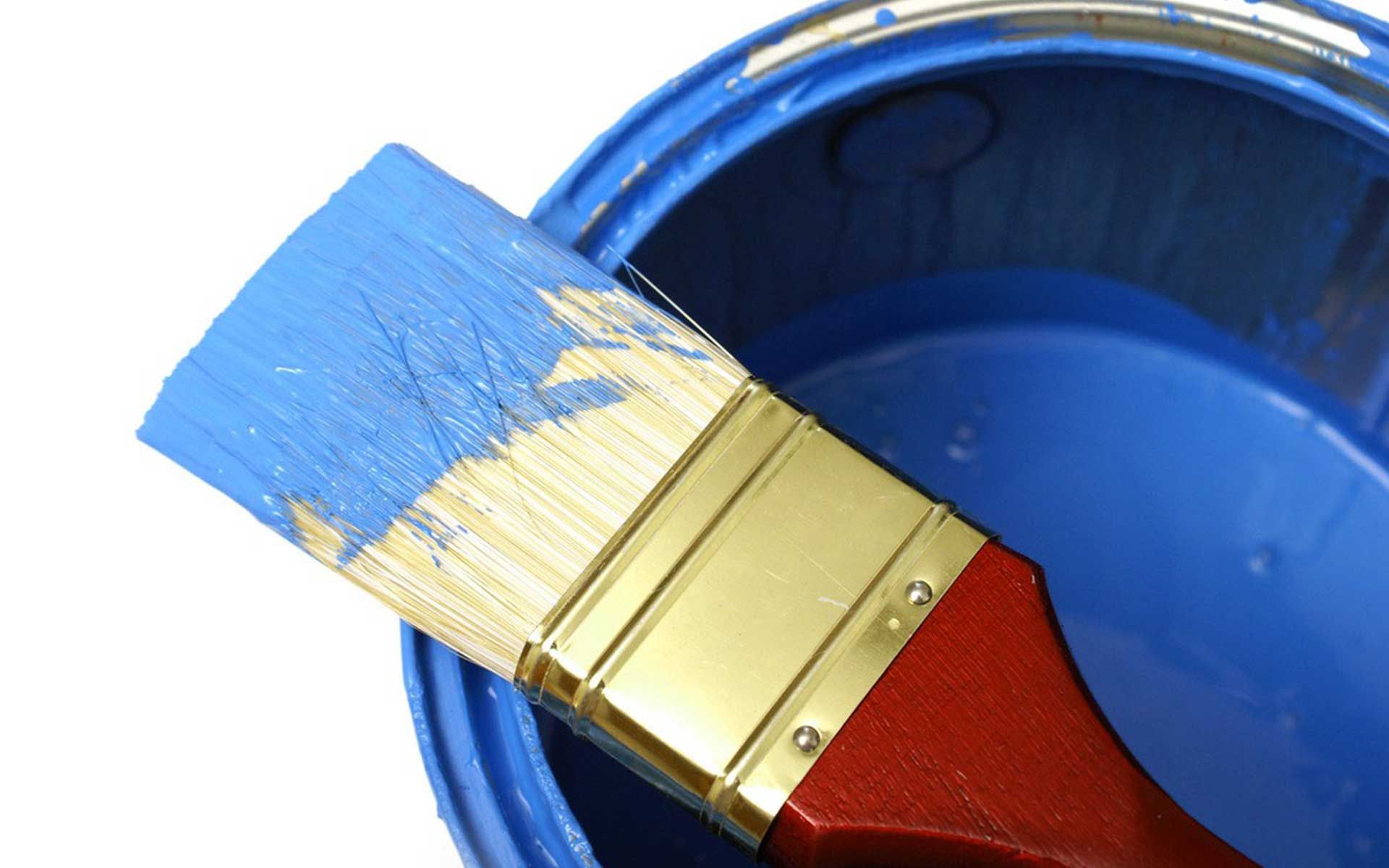Applying Paint
Stan's Paint Clinic Inc
Learn the Best Ways to Apply Paint
Different types of paint and stains require different methods of application. At Stan's Paint Clinic Inc, we're well versed in the best ways to apply paint, whether it's with a brush, a roller, or sprayer. Read on for tips and instructions on the best paint application methods. Visit us in Idaho Falls, ID to shop for the highest quality paints, supplies, and accessories at our independent, family- and woman-owned paint store.
Water-Based (Acrylic) Paints
Ideal for: Interior and exterior surfaces, walls, trim, and siding.
Application Method: Brush, roller, or spray.
Preparation:
- Clean the surface thoroughly to remove dust, dirt, and grease. If necessary, wash with mild soap and water.
- Sand rough or glossy surfaces lightly to help the paint adhere better.
- Apply a primer if painting over new wood, bare drywall, or metal to ensure better adhesion and longevity.
Application Tips:
- Brush: Use a high-quality synthetic brush for precise edges and corners.
- Roller: Choose a roller with a nap suited to your surface—short nap for smooth surfaces and longer nap for textured ones. Apply the paint in a "W" pattern to ensure even coverage.
- Spray: For large areas or intricate details, a sprayer can provide a smooth finish. Make sure to maintain consistent movement to avoid uneven spots.
Drying Time: Water-based paints dry quickly—typically 1-2 hours between coats.
Oil-Based Paints
Ideal for: High-traffic areas, trim, doors, furniture, and exterior surfaces that need extra durability.
Application Method: Brush or roller.
Preparation:
- Clean the surface to remove dirt and oils.
- Sand the surface lightly for better adhesion, especially if you're painting over glossy surfaces.
- Apply an oil-based primer before painting for better adhesion and durability, especially on wood or metal.
Application Tips:
- Brush: Use a natural-bristle brush for oil-based paints to create a smooth, even finish.
- Roller: Roll in a "W" pattern and avoid overworking the paint as it can lead to streaking.
- Thin Coats: Apply thin, even coats, allowing the paint to dry fully between each application.
Drying Time: Oil-based paints take longer to dry—usually 6-8 hours between coats, with full curing in 24-48 hours.
Stains and Wood Finishes
Ideal for: Decks, fences, wood siding, and furniture.
Application Method: Brush or cloth.
Preparation:
- Clean the wood surface thoroughly, ensuring it is free of dust, dirt, and grease.
- Sand the wood lightly to open the grain, especially for older wood, to help the stain penetrate deeply.
- Apply a wood conditioner to help the stain absorb evenly, especially for softwoods like pine.
Application Tips:
- Brush or Cloth: For best results, use a brush or clean cloth. Apply the stain with the grain of the wood, ensuring even coverage.
- Wipe Off Excess: After applying the stain, allow it to sit for 5-10 minutes, then wipe off any excess with a clean cloth to prevent blotching or streaks.
- Multiple Coats: Depending on the desired depth of color, you may need to apply multiple coats, allowing proper drying time between each.
Drying Time: Stains can take anywhere from 2 to 24 hours to dry, depending on the type of stain and the wood.
Deck and Siding Stains
Ideal for: Protecting outdoor decks and siding from weather and UV damage.
Application Method: Brush, roller, or spray.
Preparation:
- Clean the surface with a deck cleaner to remove any mold, mildew, or debris.
- Sand any rough or splintered wood areas to create a smooth application surface.
- Ensure the wood is dry before applying the stain for better absorption.
Application Tips:
- Brush or Roller: For best results, apply the stain with a brush for precision or a roller for covering larger areas quickly.
- Spray: If using a sprayer, back-brush the stain into the wood to ensure even penetration.
- Even Application: Apply the stain evenly and avoid applying too thick a coat, which can lead to peeling.
Drying Time: Deck stains typically dry within 24 hours, though some may take longer depending on weather conditions.
Concrete Coatings
Ideal for: Patios, driveways, garage floors, and concrete walkways.
Application Method: Roller or spray.
Preparation:
- Clean the concrete surface thoroughly to remove dirt, grease, and old coatings.
- Use a degreaser and pressure washer for deep cleaning. Let the surface dry completely before applying the coating.
- For new concrete, let it cure for at least 30 days before coating.
Application Tips:
- Roller: Use a high-quality roller for even coverage. Apply in thin coats, working in sections.
- Spray: Sprayers are ideal for large areas, but back-roll to ensure the coating penetrates any pores or uneven areas.
- Multiple coats: Apply a second coat after the first has dried for enhanced durability, especially in high-traffic areas.
Drying Time: Concrete coatings typically dry within 12-24 hours, but full curing may take 3-7 days, depending on the product and weather conditions.
Specialty Coatings (High-Gloss, Anti-Slip, Rust Prevention)
Ideal for: Areas requiring extra protection or unique finishes like metal surfaces, industrial equipment, and floors needing anti-slip coatings.
Application Method: Brush, roller, or spray.
Preparation:
- For metal surfaces, clean off rust and apply a primer suited for metal before painting.
- For floors or anti-slip surfaces, clean the surface and repair any cracks before applying the coating.
Application Tips:
- Thin, Even Coats: Apply thin coats to avoid bubbles or cracks. Ensure even distribution for a smooth, durable finish.
- Allow Full Drying: Specialty coatings may require extended drying times, so ensure you follow product instructions closely.
Drying Time: Varies depending on the product. Some specialty coatings may take longer to cure fully, often 24-48 hours.
Final Tips for Success
- Always work in well-ventilated areas, especially when using oil-based or specialty coatings.
- Follow the manufacturer’s guidelines for mixing, thinning, and drying times.
- If you're unsure about a product, test it in a small area before applying it to the entire surface.
- For outdoor projects, avoid applying paints or coatings in direct sunlight or during inclement weather, as this can affect drying and curing times.




Share On: